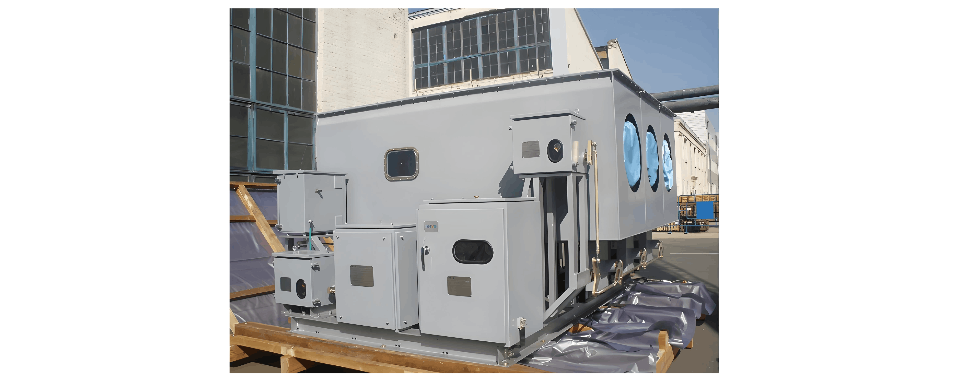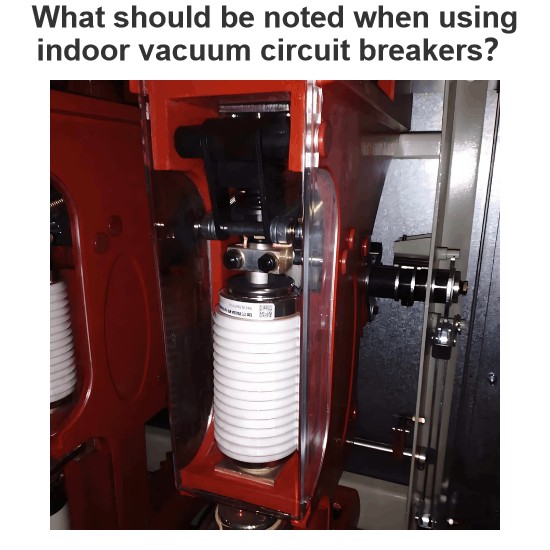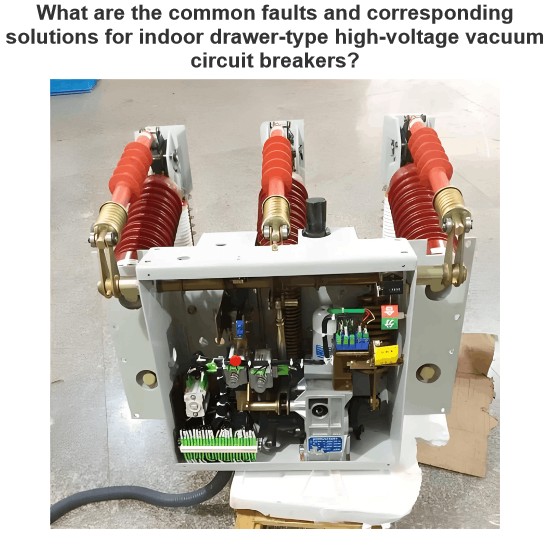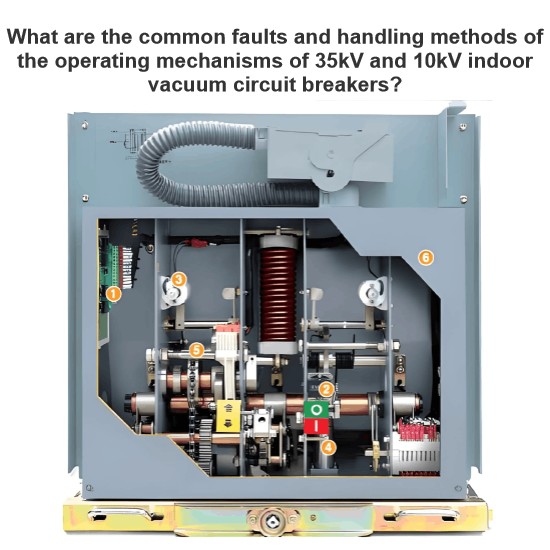
Once a Generator circuit breaker has been installed, comprehensive commissioning tests must be conducted. The primary objectives of these tests are to:
- Ensure that no damage has occurred during transportation and storage.
- Verify the compatibility of individual components.
- Confirm that the assembly has been carried out correctly.
- Validate the proper performance of the fully assembled generator circuit breaker.
During commissioning, the following time - related parameters of the generator circuit breaker need to be verified:
Measurements should be taken at the maximum pressure and at the supply voltage of the auxiliary and control circuits. The voltage should be measured at the equipment terminals and under typical load conditions of the supply voltage source. The specific measurements include:
- Closing Time: For each pole, determine the individual closing time, the time spread among the poles, and, if feasible, the time spread of the breaking units or groups of units within each pole.
- Opening Time: Similarly, measure the opening time of each pole, the time spread of the poles, and, where possible, the time spread of the breaking units or groups of units per pole.
These measurements should be performed for both separate opening and closing operations, as well as for the opening and closing operations within a CO (close - open) operating cycle. In cases where the circuit breaker is equipped with multiple trip coils, all coils must be tested, and the corresponding times for each coil should be accurately recorded.
It is essential to document the supply voltage both before and during the operations. Additionally, if a three - pole control relay is present, the moment it is energized should be recorded. This information is crucial for calculating the total time in three - pole operation, which is the sum of the relay activation time and either the closing or opening time. When the circuit breaker incorporates resistor closing or opening units, the resistor insertion times must also be carefully recorded.
The timing of the operation of one representative of each type (make and break) of control and auxiliary contacts should be determined relative to the operation of the main contacts during both the closing and opening of the generator circuit breaker. This ensures proper coordination and functionality of the control and monitoring elements associated with the circuit breaker.
Recharging Time of the Operating Mechanism
The relevant recharging times must be verified according to the type of operating mechanism:
- Fluid - Operated Mechanism:
-
- Measure the operation time of the pumping device (such as a pump, compressor, or control valve) in the following scenarios:
- Between the minimum and maximum pressure levels (corresponding to the cut - in and cut - off points of the pumping device).
- During specific operations or sequences, each starting from the minimum pressure (cut - in of the pumping device), including:
- Closing all three poles.
- Opening all three poles.
- Performing a CO operation on all three poles.
- Spring - Operated Mechanism: Measure the recharging time of the motor after a closing operation, ensuring that the measurement is taken at the actual site supply voltage. This helps to confirm that the spring - charging mechanism can quickly and effectively prepare the circuit breaker for subsequent operations.














